Sustainable Development Goal #1 is to end poverty in all its forms everywhere.
Within SDG #1 are 7 targets, of which this episode will focus on Target 1.4, which is:
By 2030, ensure that all men and women, in particular the poor and the vulnerable, have equal rights to economic resources, as well as access to basic services, ownership and control over land and other forms of property, inheritance, natural resources, appropriate new technology and financial services, including microfinance.
To measure target 1.4, there’s two indicators:
Indicator 1.4.1: Proportion of population living in households with access to basic services
Indicator 1.4.2: Proportion of total adult population with secure tenure rights to land, (a) with legally recognized documentation, and (b) who perceive their rights to land as secure, by sex and type of tenure.
The year 2030 has been set as the deadline for this target, to be met in alignment with the Sustainable Development Goals as a whole.
To better break up this lengthy target, let’s look at each of the indicators at a time.
Indicator 1.4.1 is looking at households’ access to basic services.
The definition ‘access to these basic services’ implies “sufficient and affordable service is reliably available with adequate quality.”
As a measure, the portion of a population’s households is used, whether a family, one person, or a group of unrelated people in the same dwelling. What is meant by the broad term ‘basic services’ though? As we explored in the Target 1.2, poverty has many dimensions. We also looked at a similar definition in the Target 1.3, in the context of the basic needs provided by welfare and social security. Without meeting these basic needs, it is likely one may meet the definition living in extreme poverty, bereft of drinking water, sanitation, healthcare, and education.
As we saw in the previous target, more developed countries which value welfare withing their state can provide services allowing for more equal opportunities and the distribution of wealth via tax revenue. These services could be homeless shelters for those experiencing homelessness. Charities can play a role, independent of, or in tandem with the state, to run food banks to ameliorate hunger, and meet nutritional needs. Services can focus on the vulnerable, such as disability or care for the elderly. In some countries, or via some charities, education is provided free of charge to the student. Rather than collecting fees as a fare to move around by bus or rail, in some public transport systems, passengers ride for free. In the Information Age we live in, helping bridge the digital divide is a more recent basic service now considered necessary universally.
These services can be provided by the centralized government of a sovereign state, in a policy of service to the public. Or it could be provided by more localized forms of government.
Under the UN definition for this indicator, basic services mean government provision of drinking water services within a 30-minute round trip; sanitation facilities not shared with another household; availability of a handwashing facility on premises with soap and water; clean fuels, which don’t contribute to unhealthy indoor air quality, as kerosene and coal can; convenient access to transport, whether in rural or urban contexts; waste collection, whether from the municipal government or other means; basic health care and education, and broadband internet access.
Also mentioned in Target 1.4 is such as microfinance, the provision banking and lending facilities, to individuals or small businesses, in a way they otherwise would not be able to access, due to their low levels of income.
Turning our attention to Indicator 1.4.2, we’re looking at what portion of adults in each country’s population have secure tenant rights to the occupation and ownership of land and buildings, as well as the passing on of such property, often between generations of families.
Indicator 1.4.2 measures secure tenure rights by two necessary concepts, and disaggregates the measures by sex, recognising the prevalence of inequality for women in matters of tenure and inheritance laws and protections.
1.4.2 is also disaggregated by types of tenure. An example of a type of tenure is a leasehold, whereby a lessee contracts with a lessor to use the property for payments over the period of the lease. Another type of tenure is customary, according to the customs of indigenous communities. The other two tenure types by the definition 1.4.2 is public tenure i.e., property owned by the state, as well as freehold, which is owning the property, it’s land and the space above it.
The two necessary concepts to meet the definition of secure tenant rights for the purposes of Indicator 1.4.2. is the backing by legally recognized documentation, as well as individual’s perception of the security of their tenure, for instance, a fear of involuntary loss of land due to a disagreement over land rights, irrespective of such tenure’s official recognition
Due to global stresses on food security, urbanization, and environmental degradation of natural resources, tenure systems face challenges, providing the rationale for this indicator. Additionally, there is now greater demand for land reforms in favour of the poor.

